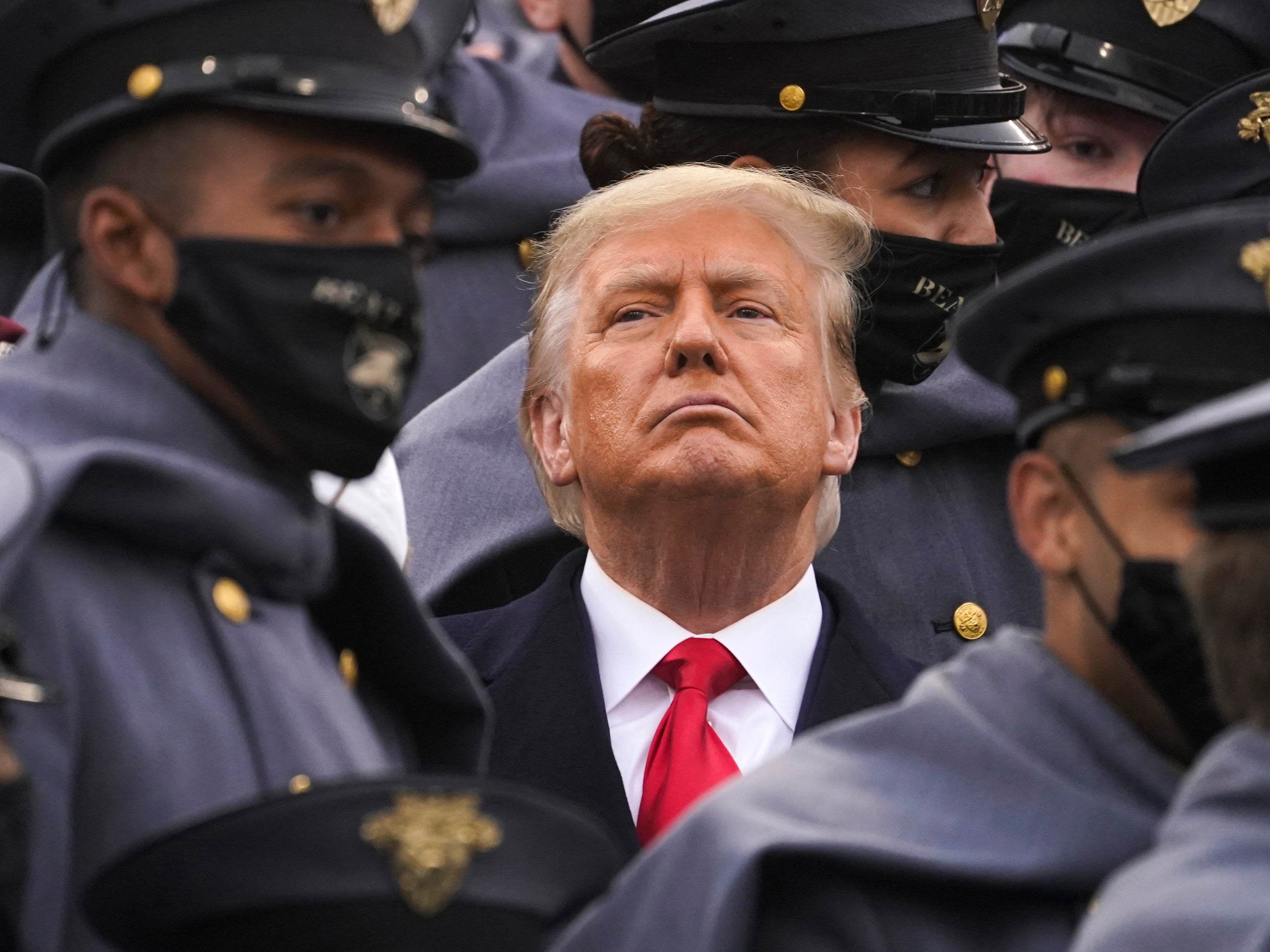The Independent's journalism is supported by our readers. When you purchase through links on our site, we may earn commission.
The truth about Trump’s foreign policy legacy is more complicated than you think
Though there is much he did wrong, there were also times when the 45th president bucked the trend and got it right

In one month, President Donald Trump will leave the White House and return to private life. Commentators will spend time between now and President-elect Joe Biden’s inauguration on January 20 assessing Trump’s presidency, what he should have done differently, what he got right, and how it will stack up relative to history.
Assessing Trump’s foreign policy legacy, however, can’t be done in black-and-white terms. The fact is that that legacy is as complicated as the man himself. There was a whole lot of bad. But there was also some good. And above all, there was often a prevailing mismatch between the goals Trump sought to achieve and the policies he chose to enact.
Take Europe as an example. It’s no surprise where Trump stood. He came into office firmly believing the EU was inherently hostile to US economic interests. His gripes with NATO are long and deep, foremost among them that Europe — one of the wealthiest, most peaceful regions in the world — was perfectly content with allowing the United States to perform the security tasks European governments should be doing themselves. Trump was especially hard on Germany, calling it out for buying natural gas from Russia while at the same time hiding behind the US military for protection against supposed Russian aggression. Trump’s amped-up rhetoric was not ideal, but his larger point was one previous US presidents and defense secretaries have made going as far back as Dwight Eisenhower — there is no logical reason why Europe can’t pick up more of the slack.
Trump’s actions, however, didn’t match his rhetoric. Rather than downsize the US force presence in Europe, his administration executed policies that de-incentivized the very burden-sharing Trump claimed to want. Washington requested more funding for the European Deterrence Initiative, a program that duplicates NATO functions by beefing up US military resources on the alliance’s eastern flank. The $5.9 billion EDI budget for 2020 was over 70 percent what the Obama administration requested during its last year in office. In Poland, Trump signed a defense cooperation agreement with Warsaw that increased the US troop presence to over 5,500 and authorized the construction of new American military facilities — including a logistics and drone base — on Polish soil. And as much as Trump sought to reduce the US troop level in Germany, roughly half of the 12,000 personnel projected to leave the country would simply be reassigned to other areas in Europe.
Trump campaigned in 2016 on a promise to end US military engagements in the Middle East. This sentiment persisted throughout his presidency. He never missed an opportunity to rightly point out how expensive and counterproductive these wars have proven to be, both in terms of degrading US military readiness and in terms of the blood, misery, and strategic distraction those wars produced.
Yet despite Trump’s vocal opposition to endless war, thousands of US troops remain enmeshed in multiple conflicts at the end of his presidency. In Syria, Trump twice announced that US troops would be withdrawing after Isis’s territorial “caliphate” was wiped out. But on both occasions, he reversed himself. What was once a strict anti-Isis counterterrorism has now morphed into a quasi-state stabilization exercise, where hundreds of US troops are repurposed to protecting Syria’s decrepit oil fields. At least 900 US troops are stationed in eastern Syria as of this writing, conducting patrols that in some cases result in dangerous clashes with Russian forces. And in Afghanistan, it is only in the last few months of his presidency that Trump has accelerated a US troop withdrawal.
Notwithstanding his attempt to improve the American relationship with Russia, bilateral relations haven’t been particularly rosy under the Trump administration. Part of the deterioration can be traced to Moscow’s own foreign policy actions, including periodic cybersecurity operations against US government systems. But the passage of additional sanctions on the Russian economy, the sale of anti-tank missiles to Ukraine, the deployment of US military forces closer to the Russian border, and the withdrawal from strategic stability accords have harmed US-Russia relations.
The one area where Trump has delivered is not getting the United States into a new war. Trump, for instance, could have ordered a massive conventional strike against Iran last January in retaliation for Iranian ballistic missiles slamming into US bases in Iraq and injuring over 100 service members. Fortunately, he wisely allowed the situation to deescalate on its own — not an easy thing to do, given the number of unapologetic Iran hawks on his national security team who have pushed for escalation.
There will be countless books and long-form articles dissecting Donald Trump’s four years in the White House. Some will inevitably attempt to render a definitive verdict.
On the foreign policy front at least, we can confidently say that Trump was far better pointing out problems than he was at resolving or managing them.
Daniel R. DePetris is a fellow at Defense Priorities and a columnist at Newsweek

Join our commenting forum
Join thought-provoking conversations, follow other Independent readers and see their replies